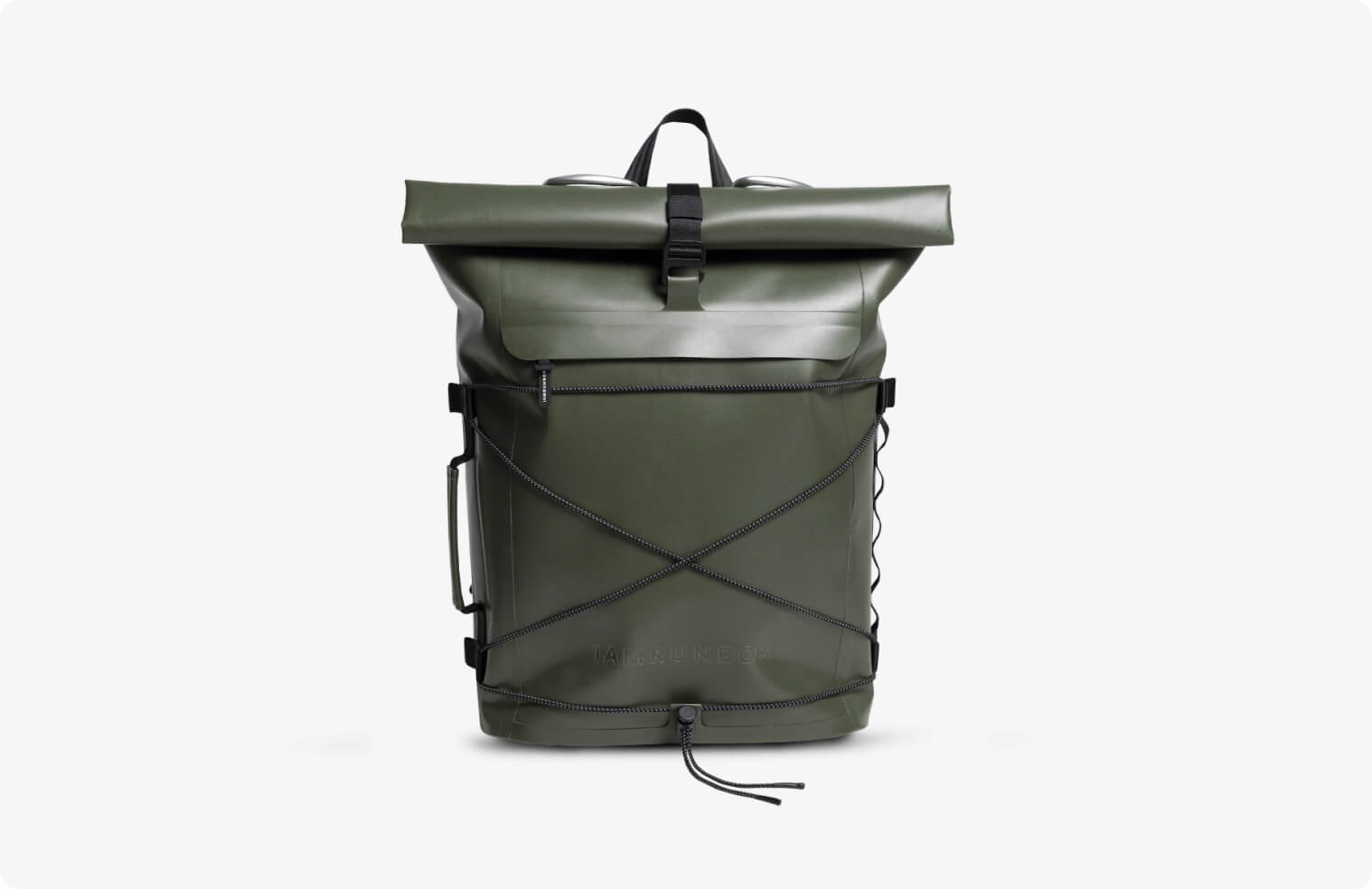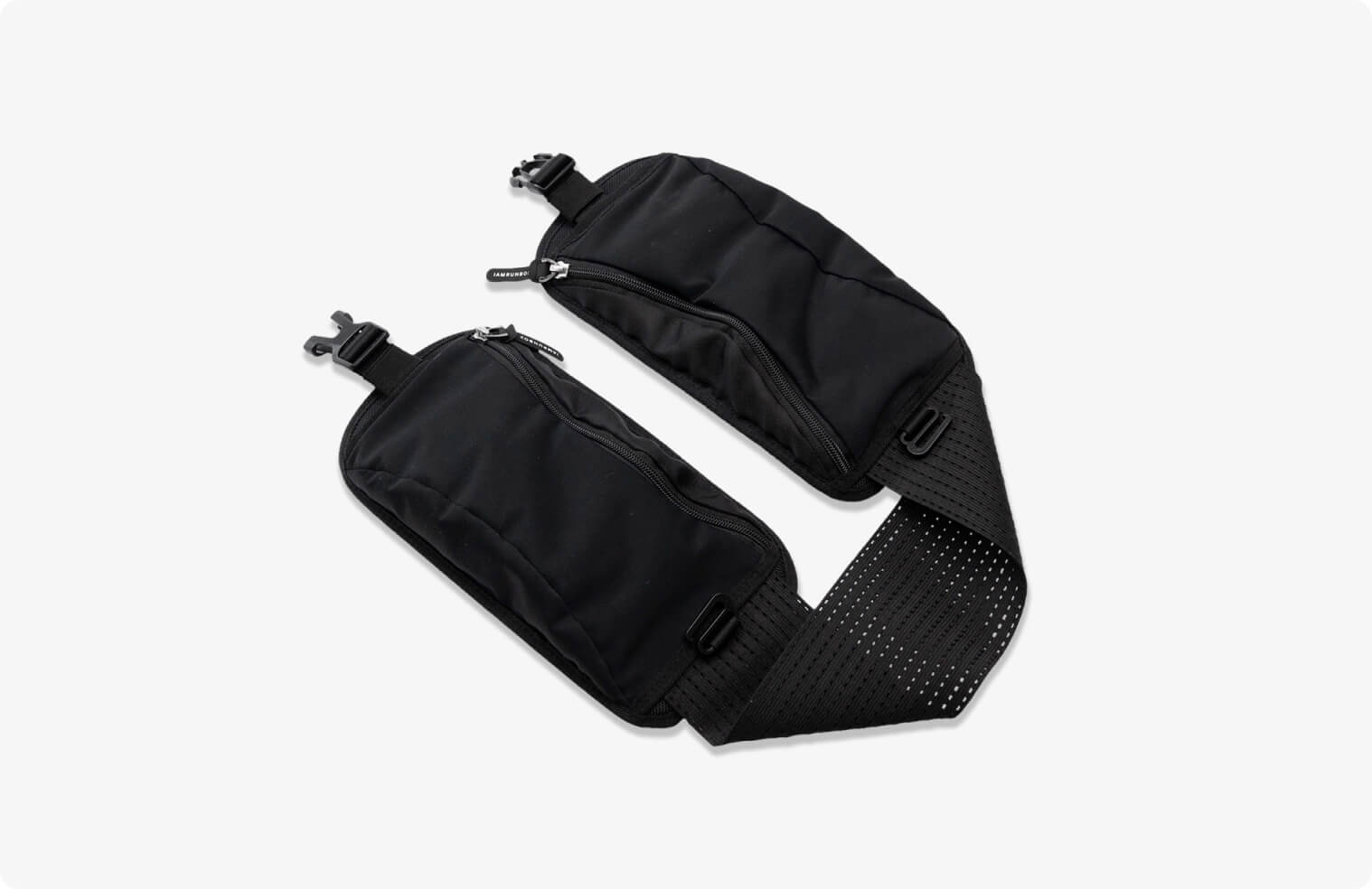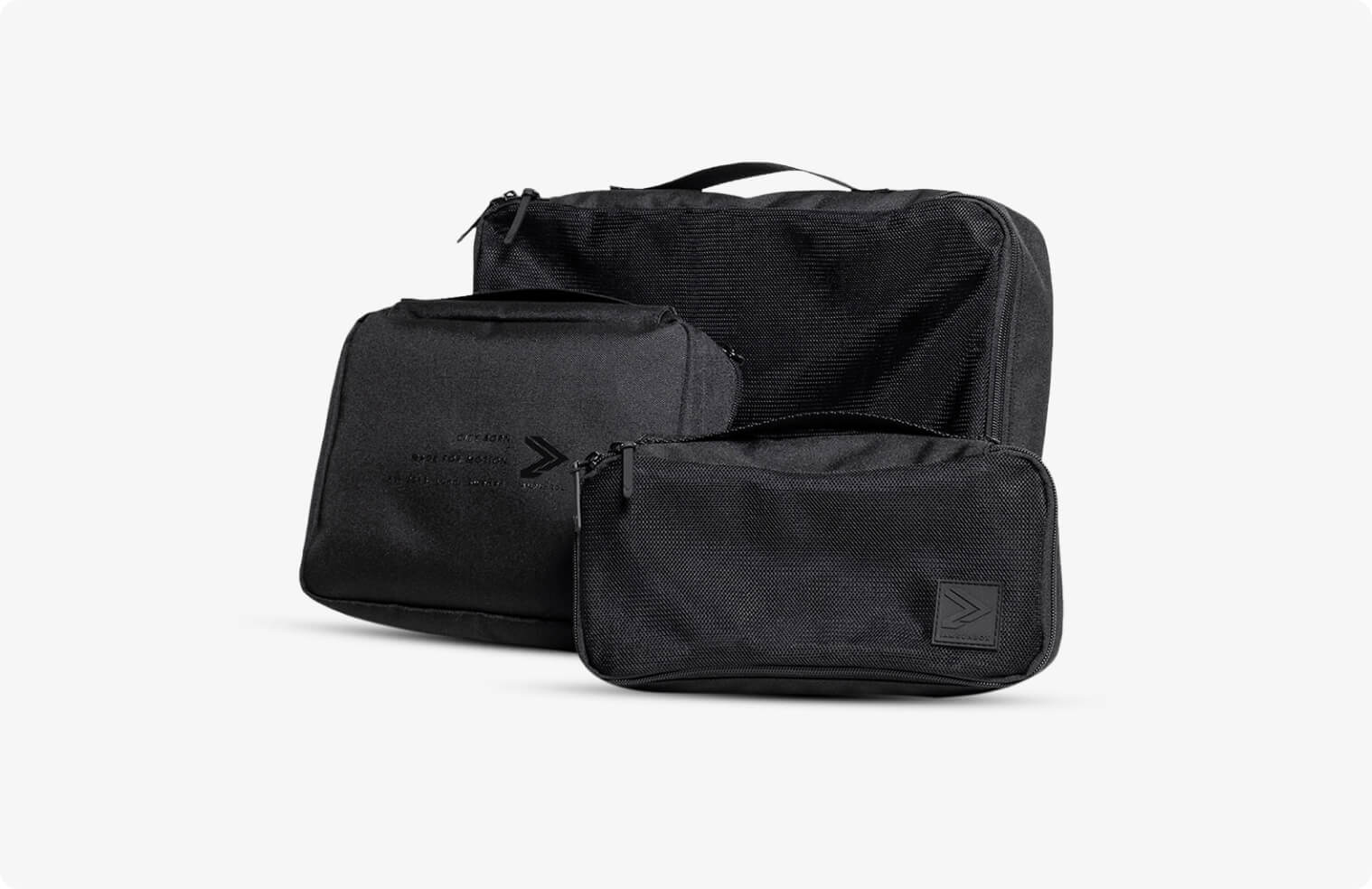
A Guide For Your Marathon Training
Here's our #1 running tip for your marathon training
We all know that running, and especially a marathon training, strains the whole body. There is a high risk of injury and runners often suffer from a lot of aches like pleural effusion, hip and back pain, stiff knees or muscular tension.
Even though it is the actual marathon training that plays the central role for your improvement, it is very good to add other sports to your training schedule as well. It will really push your running performance in the long run. Here are some tips for alternative forms of exercise as a good addition to your running training!

Swimming
Swimming is a simple, cheap and effective way to train your entire body. It is a very enjoyable form of training as the water makes your body lighter and thus dos not over-stress your joints. Therefore, it is even a great sport for those who suffer from joint pains.
Swimming improves your general fitness level and has a positive impact on your whole body. Torso, chest, thighs, back and shoulders are just some of the parts that are activated during this kind of exercise. You can also practice running under water. Your muscles, tendons and ligaments are not strained at all but many of the muscles that you train in your ordinary running session get activated under water as well.
Furthermore, swimming can be extremely calming and gives you the chance to relax and recharge before the next marathon training. Since swimming as a lot more benefits, we recommend to get at least one water-based training session a week, preferably the day after a tough race.

Cycling
It is also a great idea to add an hour of cycling to your weekly fitness schedule since riding your bike has some positive effects on your holistic wellbeing. When cycling - or spinning - you use your leg muscles in a slightly different way than during your marathon training. You do not strain your legs that much and will protect them from the bumps that are an inevitable part of your running training. Cycling is an excellent form of exercise to improve oxygen depletion and general endurance. The intensity is the same as in any corresponding running race. You can easily vary your bike training by mixing long and short distances or long or short intervals. Maybe also give bike commuting a try!

Strength training
It is often claimed that strength training has a bad impact on your marathon training. This is definitely a myth! it is rather the opposite - strength training and running perfectly go hand in hand. Strength training has a positive impact on your overall performance and for runners it is recommendable to focus on strengthening torso, back, calves, legs and thighs. Improved muscle power in your legs can avoid torn muscle fibre, cramps, inflammations and knee injuries. If you regularly train your feet and calves, you can run higher on the foot and thus develop a more efficient running style - like a marathon runner. Recommendable strength exercises for runners are for example squats, lunge steps, weed presses, plank and crunches.

Cross country skiing
If you geographically have the opportunity to do cross-country skiing, go for it! It is an excellent exercise alternative to combine with your marathon training since it has a lot of health benefits. It improves your oxygen supply and the strength of your entire body as many muscle groups are activated. In addition, the relaxing environment can have a positive impact on your mental health.

Yoga
Yoga and running sounds like a weird combination at first glance. It used to be a stereotype that yoga is only for introvert people with a certain lifestyle or belief. But in fact, yoga is an extremely effective form of training and rehabilitation for runners who are often stiff in muscles, thighs and calves. Furthermore, yoga can improve your posture, your breathing and your ability to concentrate. It also speeds up recovery because of an improved oxygen supply to the muscles, joints and ligaments.
Yoga can also be used as an alternative to your regular stretching routine. Specific yoga exercises are especially suitable for runners. Maybe start with “The Dog” - which is good for the joints - and give it a try!
As an ambitious marathon runner, it might be good to get some relaxation during your busy training week. Yoga works great to find your inner balance. It can help to relieve tension before competitions and it is a form of exercise without any performance requirements and goals - something that runners daily live with.
You should not be afraid to replace some marathon training sessions with alternative forms of exercise. It is good for your body to challenge it from time to time. The variation can have a positive impact on your body and your running performance. Let’s start moving!
For more helpful tips we recommend to check out this amazing guide: The Ultimate Beginner’s Guide to Running Your First Marathon
Find the best backpacks and accessories for your training at iamrunbox.com




